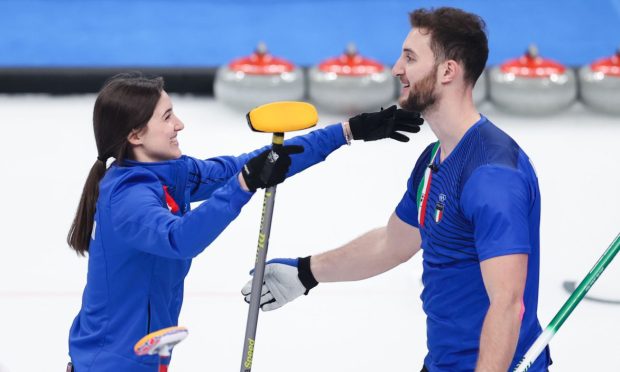Growing the base of a sport while making the top end as attractive a product as possible isn’t easy.
Rugby are finding that out.
There are so many competing forces and different opinions about how to achieve both goals.
Just take the Rugby World Cup, for example.
It’s about to finish this weekend with a game between New Zealand and South Africa.
For some traditionalists, that will be the dream final.
But for others, it will be evidence of it being a case of ‘same old, same old’.
Then there’s the long process that it took to get to this point.
You could make a strong argument for cutting the number of nations back to make the overall tournament more competitive earlier.
But there’s also a pretty compelling long-term view that smaller rugby-playing countries need greater exposure to the peak of the sport to have any chance of the old order being disrupted.
So Nations Cup gets go ahead .. on a split vote. And the hoary old elite gets green light to ignore the rest of the world for a boring, samey, expensive, over-demanding load of tosh.
— Stephen Jones (@stephenjones9) October 24, 2023
It’s ‘chicken and egg’ stuff and for many people the creation of a new rugby championship bringing the northern and southern hemispheres together every couple of years will only reinforce the strength of the ‘haves’ and diminish the chances of the ‘have nots’ breaking into the elite.
A tiered structure makes sense in sport.
But for that to work you need opportunity to move up and jeopardy of moving down.
It shouldn’t be a closed shop, which looks like being the case with this tournament for the foreseeable future.
In curling, I think we get it just about right.
Just take the recent Grand Slam in Canada.
Italy's Joel Retornaz wins HearingLife Tour Challenge, adding a second Slam title to their resume.
Primed to go for GOLD at the 2026 Winter Olympics at home in Cortina d'Ampezzo!
Read More:https://t.co/59PcH6ZfDh
Photo: Anil Mungal, GSOC pic.twitter.com/Kr3tfERo08
— CurlingZone (@CurlingZone) October 23, 2023
Last weekend the Italian quartet, skipped by Joël Retornaz, won their second title.
I spoke to the Scottish boys and it was no fluke. They said you could tell from day one they were the team to beat.
There’s tier one and tier two these days and those guys have had to earn their spot in the top 16 the hard way.
In curling it’s as simple as – win a tier two slam and you’re in the next tier one event.
I also think that we’ve done a pretty good job internationally to widen the potential medal-winners.
Gone are the days when it’s been a case of Canada, Switzerland, Sweden and Scotland sharing the spots on the podium.
Again, Italy are the obvious recent example as an emerging nation, following their mixed gold at the last Olympics.
But it shouldn’t be forgotten that the strength of the Asian countries was incomparable at the start of my career to what it is now.
They really commit to junior curling. I’ve seen hundreds attending clinics.
I was doing a Snow Week Q&A at the ExCel in London recently and I was asked about the chances of curling really taking off in England.
“Where can we play?” was the gist of it.
You can have a great ‘curling experience’ at the Curling Club in London but if you want to play on ice there’s one rink in Preston and that’s it.
Until that changes, it’s not realistic to think England are going to produce an elite team.
At the moment it simply can’t physically happen.
But, the point is, the door is open for England or any other country who wants to truly commit.
Maybe rugby needs to keep that in mind as well.





Conversation